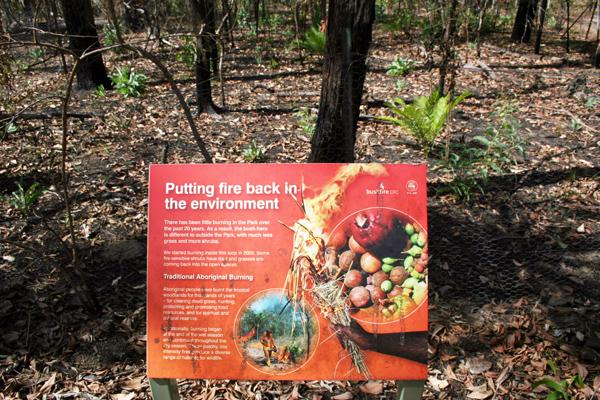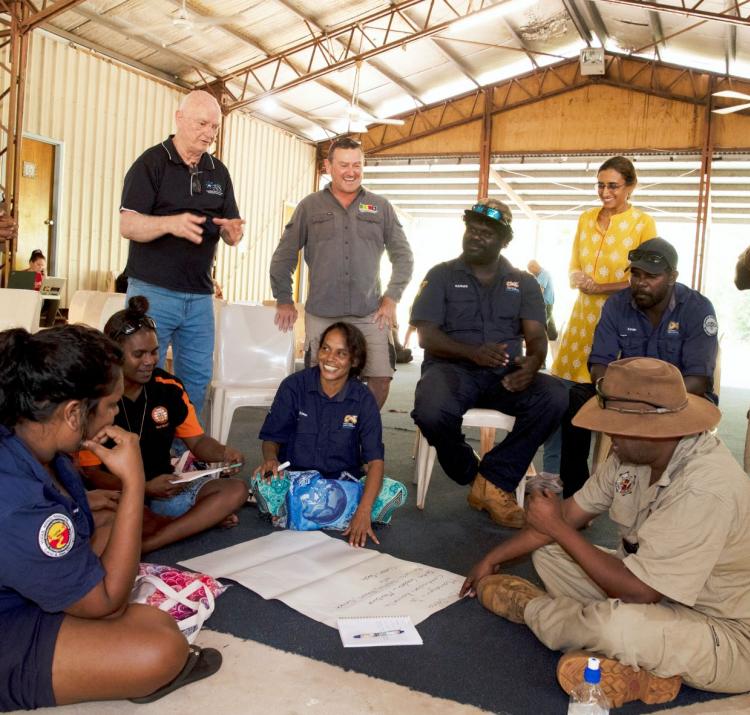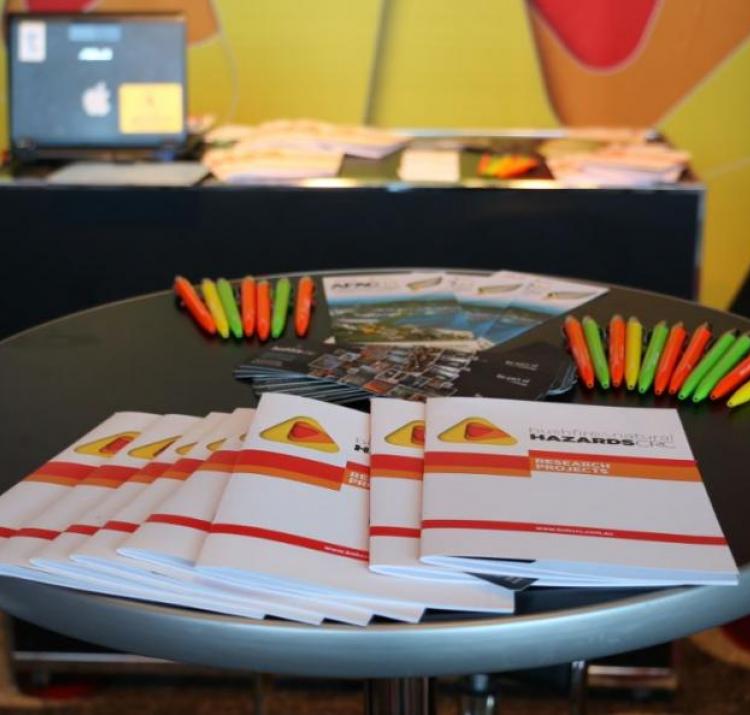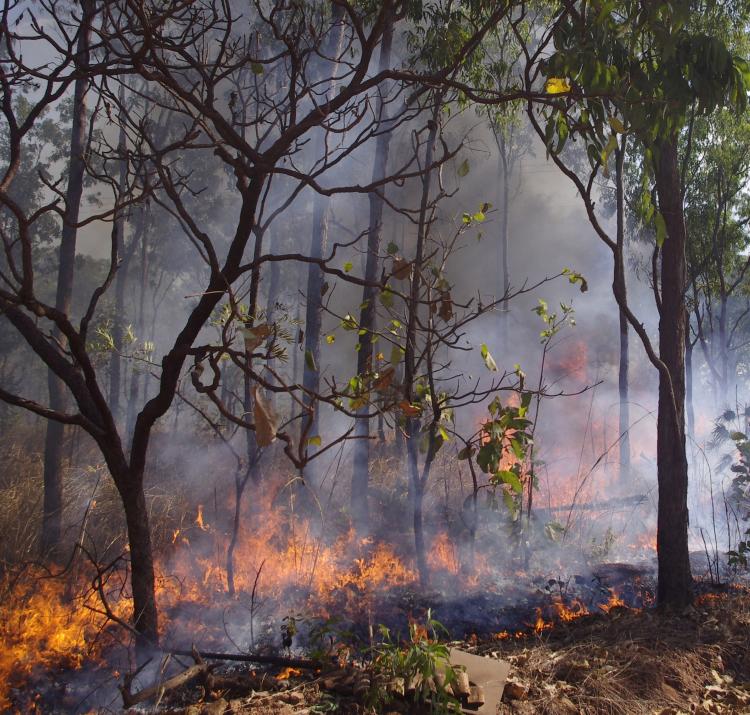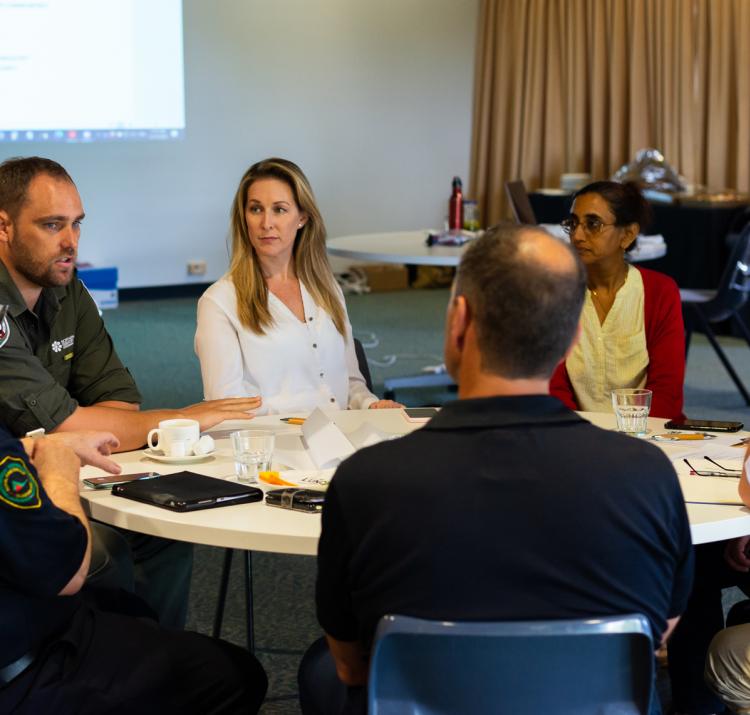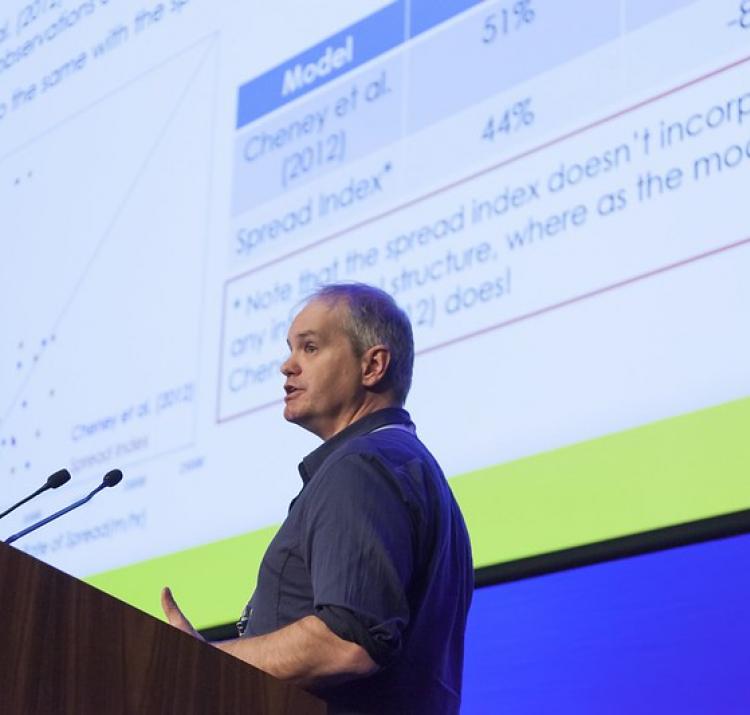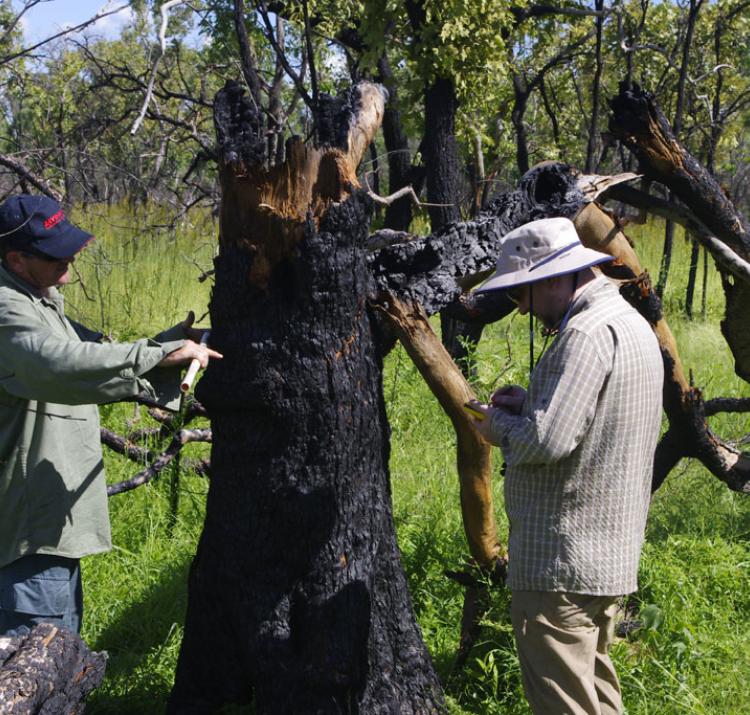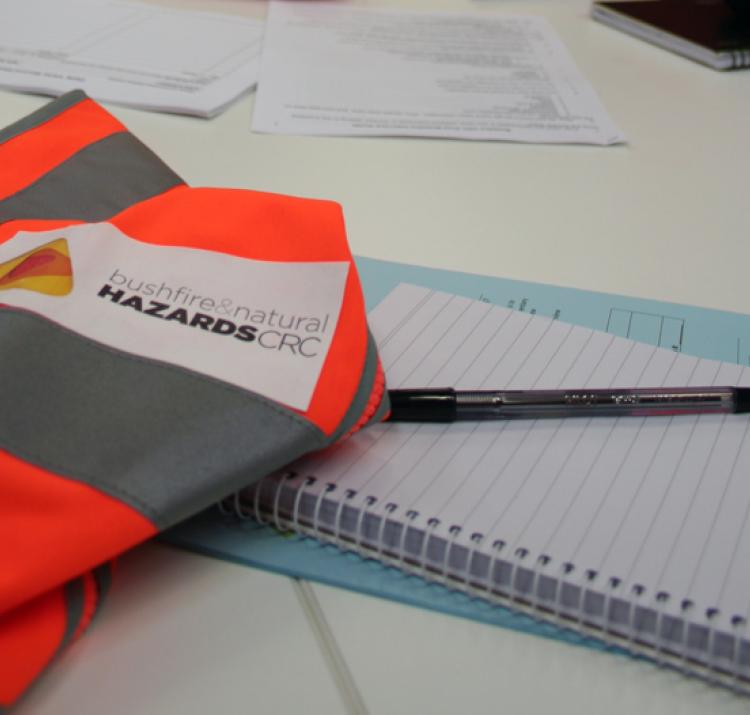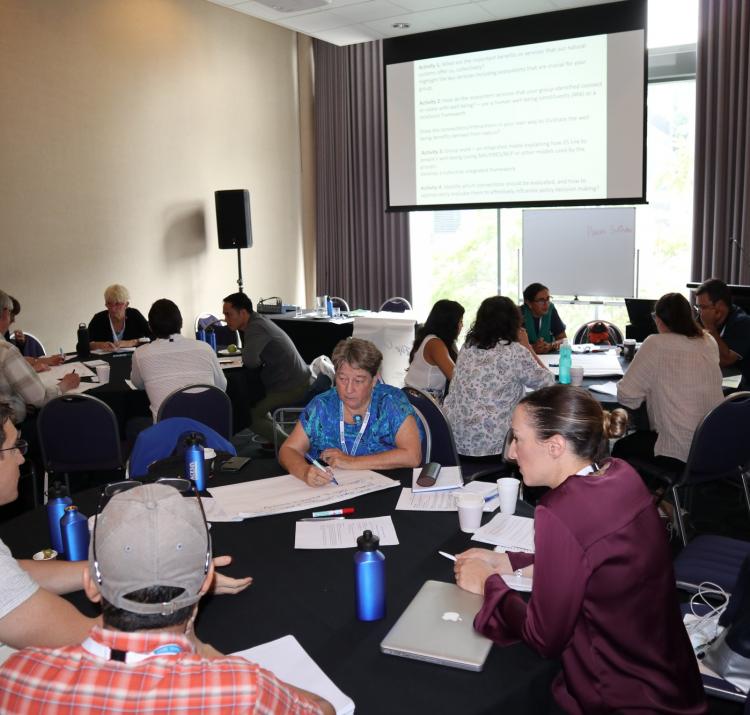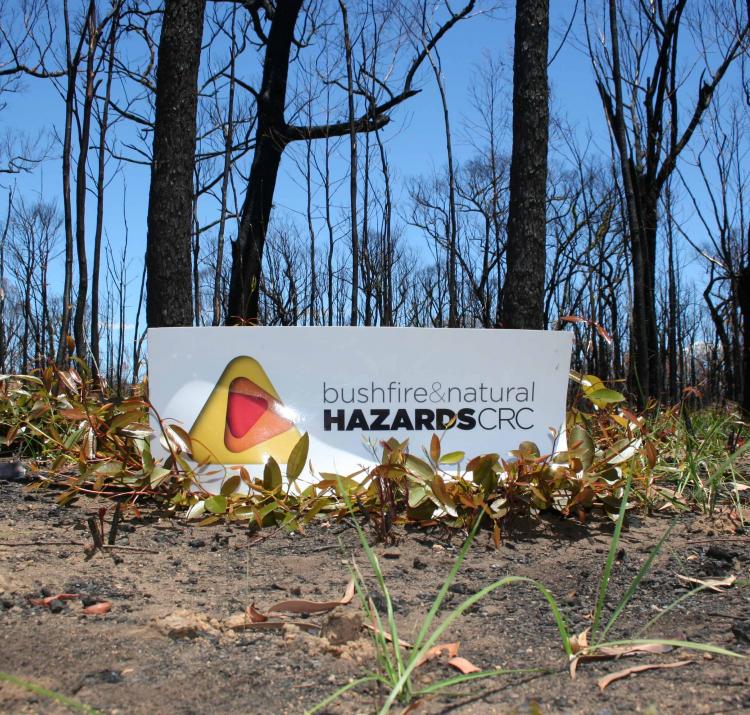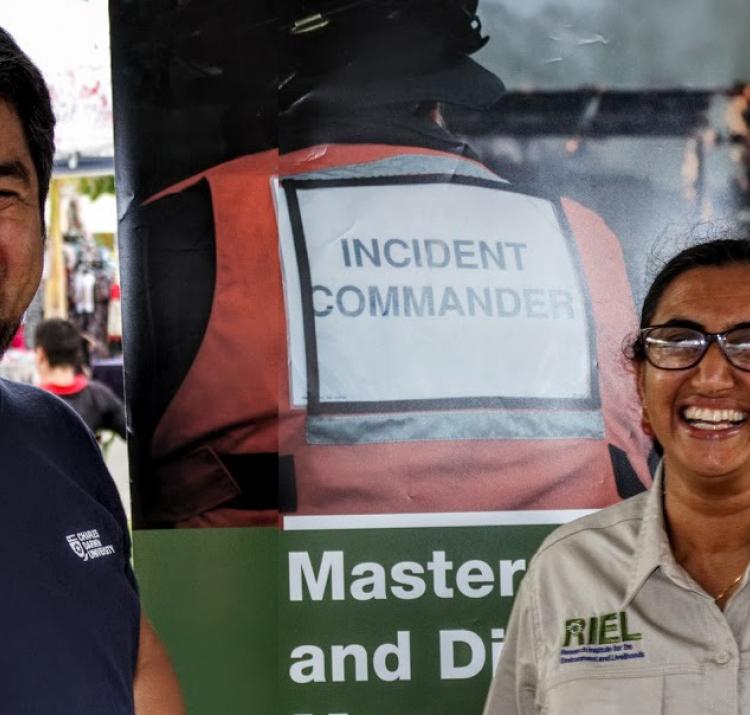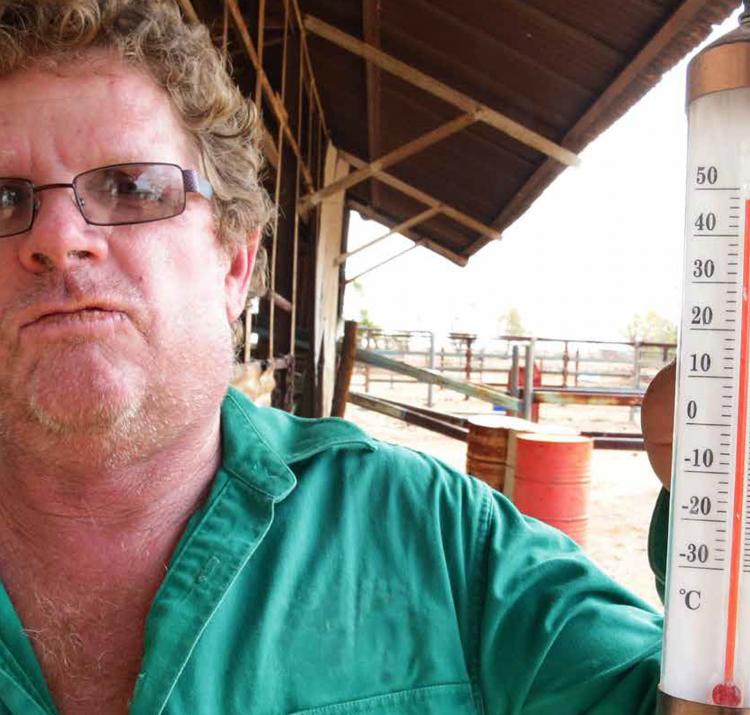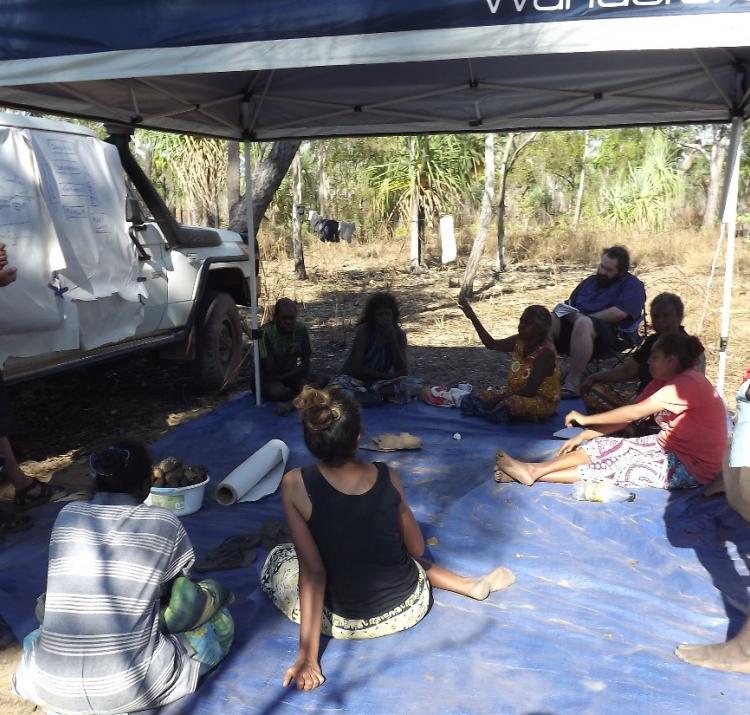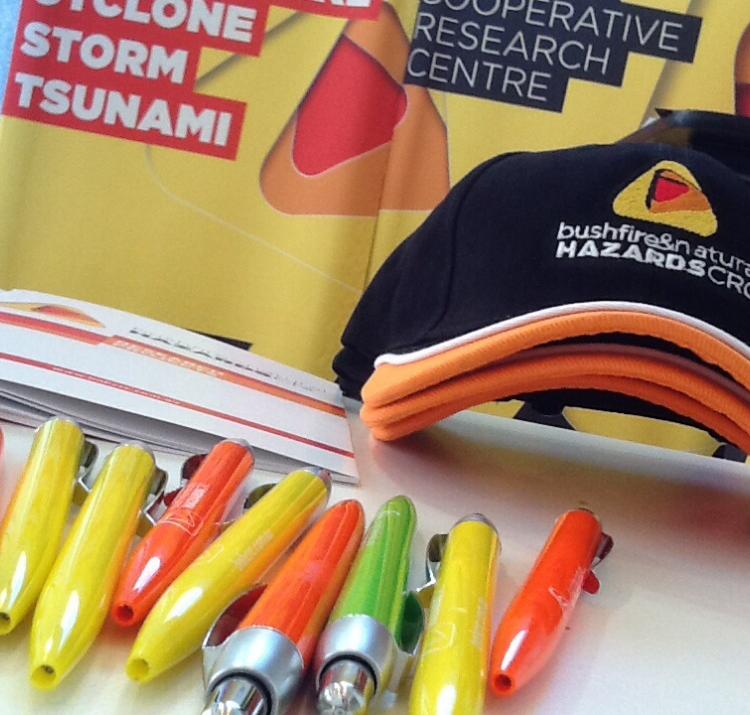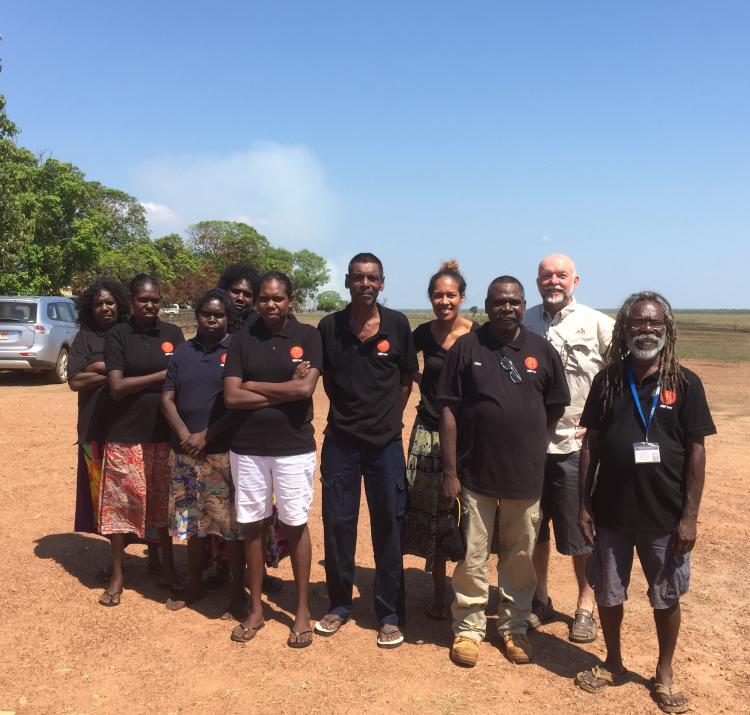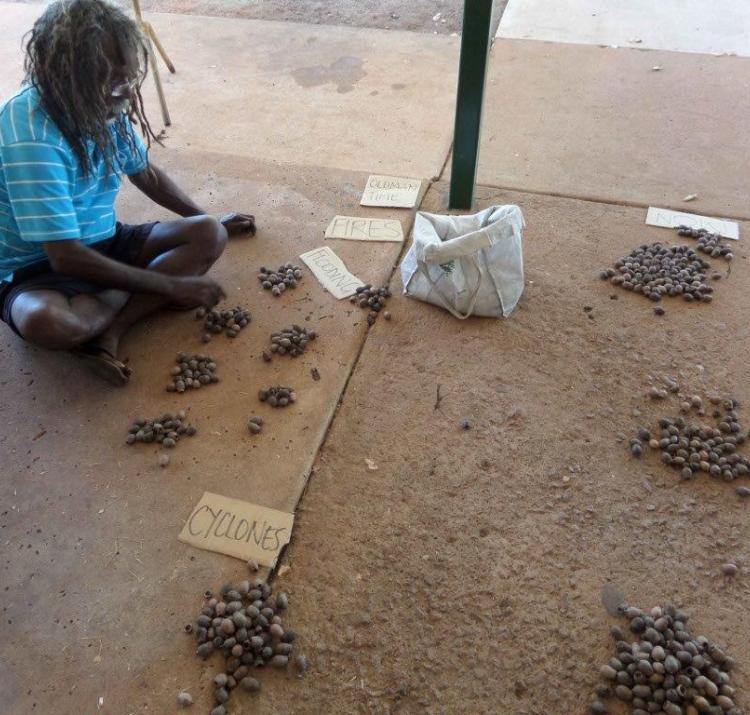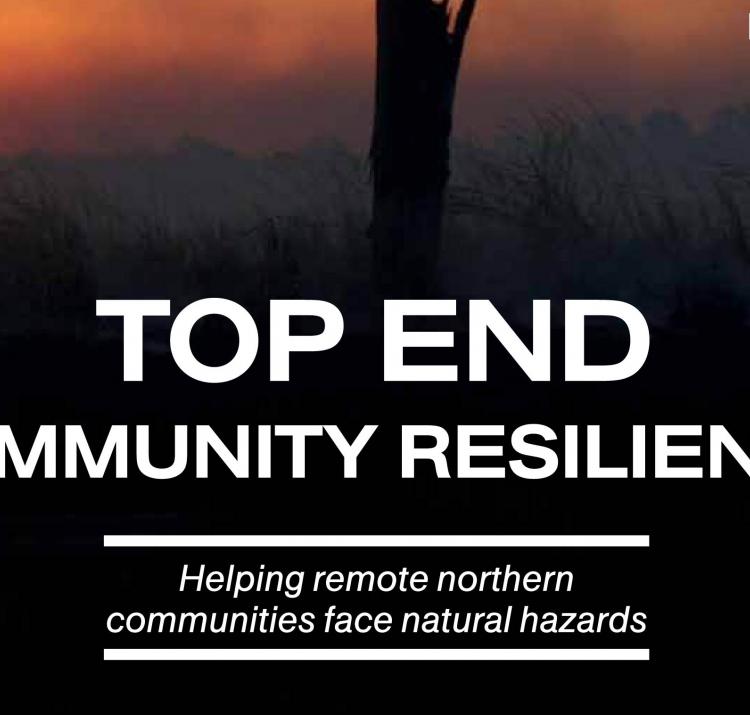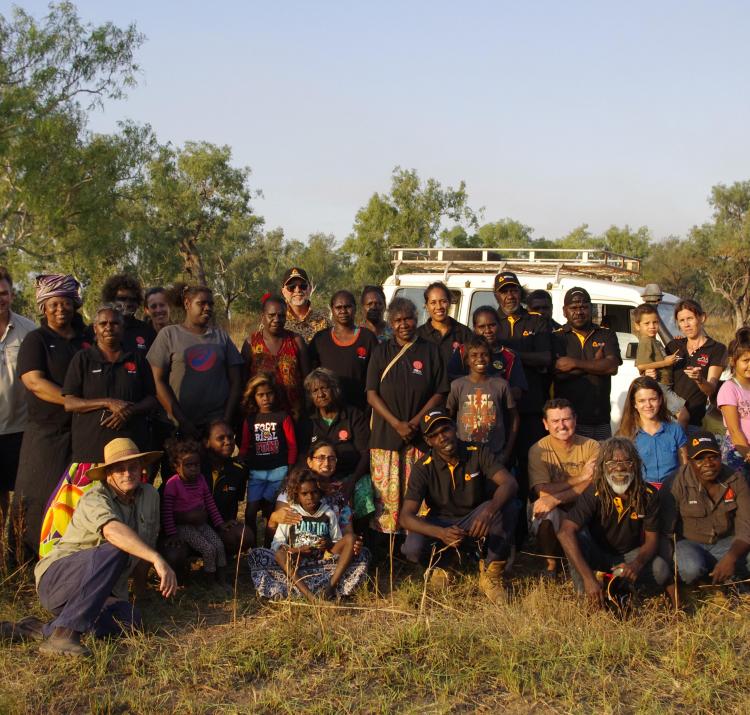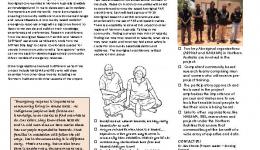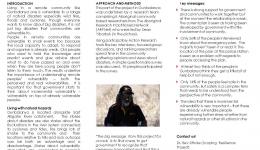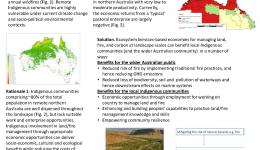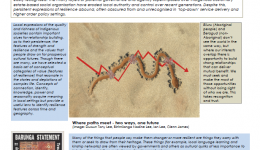Natural hazards in the remote Northern Territory such as cyclones have arguably been managed as best as possible given the typically insubstantial relationships emergency management agencies have with traditional Aboriginal landowners and their wider communities. Preparation and response to the two cyclones, Lam (Feb. 19-20) and Nathan (March 22), that struck east and central Arnhem Land in 2015 are a case in point, prompting practical research into how we can strengthen existing governance arrangements in remote areas to promote and enrich such relationships. This project extends a suite of projects hosted by Charles Darwin University under the Northern Hub of the CRC, collectively addressing ‘building capacity in north Australian remote communities.
Under the collective theme of developing effective emergency management partnerships, the project focused on two of the several communities in Arnhem Land struck by cyclones Lam and Nathan – Galiwin’ku and Ramingining. The overall objective of the project was to inform effective emergency management agency community partnership arrangements in remote communities based on enhanced understanding and empowerment of underlying community governance structures. Lessons learned from the undertaking of this project were used to develop a ‘protocols framework’ to help inform the development of effective agency-community emergency management partnerships in remote community locations across northern Australia.
This research has identified a common set of core governance issues and priorities needing to be acknowledged and addressed to improve implementation of emergency risk management arrangements in remote communities. This work has helped these remote communities, and hopefully others, find voice to more effectively engage in the emergency management conversation, and in partnership building at local and national levels. It has also shown that most agencies involved are open to, if not keenly interested in greater equity with communities in engagement but are uncertain and/or systemically blind to how they may initiate and progress real and effective change in remote emergency management.

